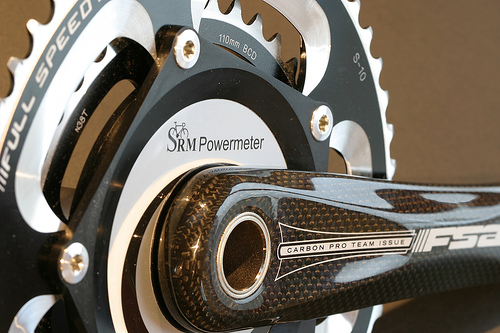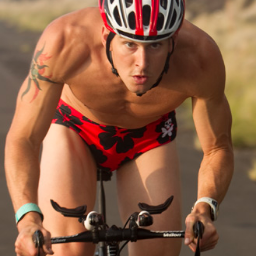Triathlon Training Intensity… How do I measure it?
One of the first questions that comes up when beginning a triathlon training program is “At what intensity should I train?” Before we can answer this question, we first have to work out how to measure intensity? Or in other words, “How do I know how hard I am training right now?”
Here are the main ways that athletes gauge their training intensity.
How does it feel? How is my breathing? How do my muscles feel? How do I feel mentally?
Perceived exertion is the most important gauge of intensity. The best professional athletes are finely in tune with their bodies and can accurately sense the intensity of their efforts. This is particularly important when racing as the athletes do not need to depend on any outside data, but rather, they can be completely focused on the moment.
It takes some experience to become tuned in to your own body and therefore other tools and ways of measuring intensity can be helpful.
Heart rate
Our heart rate gives us a good indication of the amount of stress we are placing on cardiovascular system. Heart rate is the preferred metric for coaches who emphasise developing our ability to burn fat. Heartrate is used as an upper limit to ensure the training intensity is low enough to maximise fat burning. A popular formula for this maximum heartrate is 180 – <your age>.
The weakness of heart rate training is that many factors can influence how heart rate other than the actual intensity of our efforts. For example, race day nerves, heat, lack of sleep and general stress all elevate our heart rate. How heart rate also drifts over extended periods of exercise, meaning that even if we are maintaining the same pace our heart rate may change.
Pace and power
 At the end of the day our performance is not judged on how we feel, or the rate at which our heart beats. It is judged according to how fast we complete the distance. Based on this it makes sense to train according to speed.
At the end of the day our performance is not judged on how we feel, or the rate at which our heart beats. It is judged according to how fast we complete the distance. Based on this it makes sense to train according to speed.
If we swim in the pool or run on a track we can measure this with a simple stopwatch.
Otherwise, when we are on the road, we can use a power meter for cycling or a pace meter for running (either GPS or footpod).
The advantage of a powermeter is that it lets us know how much output our legs are producing, regardless of factors such as hills and wind, which affect our speed,
Training by pace or power helps us learn to keep our efforts steady. This is very helpful for long distance triathlon. It also gives us an indicator of what speed we will be able to maintain on race day.
Combination
This is the Garmin Forerunner 910XT. It is the top-of-the-line heart rate monitor that tracks running pace and swimming speed, it can also show you your cycling speed and power when you are on the bike.
Each of the above approaches measure intensity in different ways with their own advantages and disadvantages. Combining them together can be very powerful.
Seeing how changes in power, for example, affect our heart rate and perceived exertion can give us some good clues about our best training and racing intensity.
By tracking these metrics, we can see our progress over time, which can also give you clues about the best kind of training for you.
Click here to get “Seven Secrets to Triathlon Success” and get training tips by email.



